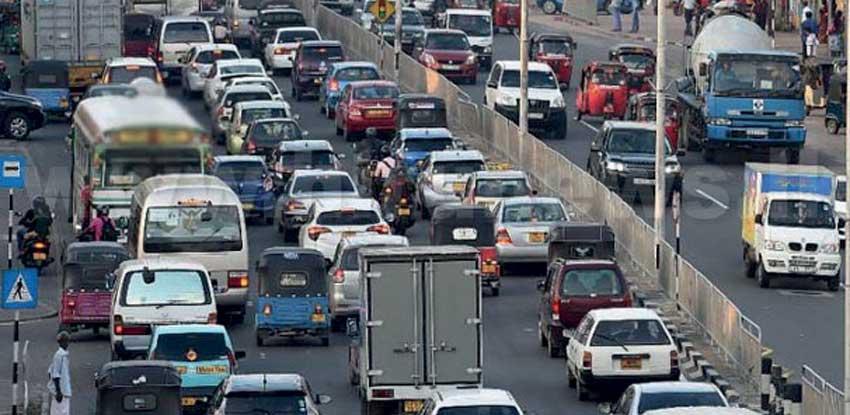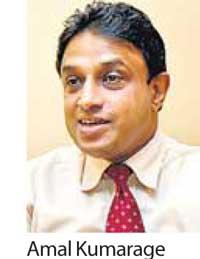22 Jun 2022 - {{hitsCtrl.values.hits}}

Sri Lankans are in a catch-22 situation as they neither can use their private vehicles nor take public transport after decades of neglect and underinvestment in the latter, which was allowed to decay to its current dilapidated state, according to a transport sector expert.
 Sri Lanka’s dollar crisis, which precipitated into a full-scale economic crisis brought to the open its deep-rooted transport problem in the making for decades after both public and private transport came to a standstill this week after the country ran out of petroleum products, bringing the entire economy into a grinding halt.
Sri Lanka’s dollar crisis, which precipitated into a full-scale economic crisis brought to the open its deep-rooted transport problem in the making for decades after both public and private transport came to a standstill this week after the country ran out of petroleum products, bringing the entire economy into a grinding halt.
The Moratuwa University Senior Professor of Transport and Logistics, Amal Kumarage said the country and its people are today compelled to pay a heavy price for having to wait for days-long queues, for not holding their successive governments and bureaucrats to account for not doing enough to invest in high quality public transport.
“Higher the population density, it’s more economically efficient to use public transport. But public transport needs a paradigm shift,” Kumarage said told a webinar organised by the Institute of Certified Management Accountants of Sri Lanka on Monday.
“Of course when we don’t hold our politicians accountable to invest in public transport and when we have not used it and when we have not allowed our children to use it, we will not have a quality public transport system”.
“If you miss this time, the next time around it will be more difficult without a substantial shift in public transport,” Kumarage warned, calling for urgent reforms to revamp the public transport system to make it people-friendly and usable.
The absence of an overhaul in mass transit systems made Sri Lankans massively dependent on private transport over decades. The present day crisis proves how unsustainable and self destructive this path the country has taken in terms of its transport sector over the decades.
Analysing the transport sector’s contribution to the current dollar crunch in the country, Kumarage said annually Sri Lanka spends around US$ 7.0 billion on road transport by way of importing vehicles, fuel to run those vehicles, spare parts and loans to build and maintain roads and highways.
He questioned where the return in terms of economic value addition of this massive annual spending on road transport. He showed that 8 percent of the total imports were for vehicle imports, 10 percent for fuelling them when oil at US$ 50 a barrel and a further 3-4 percent on road construction, making 22 percent of total imports on transport alone annually.
But, he warned that at today’s oil and commodities prices, transport could make up half of total imports if the government tries to maintain the status quo.
He said more personal vehicles lead to more congestion to which the policymakers respond by proposing more road construction, predominantly through borrowed foreign currency. The reason why politicians neglected the development of public transport and made people captive to private transport is because there is massive room and incentive for corruption and bribery at every level in that cycle, specially in road construction.
It is in the public domain that highways and road development is a fertile ground for corruption and bribery at all levels of the government.
Kumarage also showed that 63 percent of all oil imports per annum is spent on road transport, but only 1 percent spent on rail transport, which could become the most efficient mode of mass transit system.
Meanwhile, Sri Lanka remains an outlier among a selected set of Asian economies, which spend most from its Gross Domestic Product (GDP) for road transport at 2.5 percent of GDP, whereas others such as Japan, India, Pakistan and China spend less than one percent on transport with the exception of Singapore due to their logistics hub status.
While the situation was such when the average price of a barrel of oil was at US$ 50, Kumarage said he could not see how Sri Lanka could go back to its pre-crisis level transport habits when the price of oil has more than doubled in the global markets at present.
Sri Lanka’s average annual oil import bill is estimated to double in 2022 to US$ 6.5 billion from US$ 3.3 billion due to elevated global energy prices. “There is no way how we could go back to our previous levels of fuel consumption with the current oil prices,” Kumarage added.
23 Nov 2024 23 Nov 2024
23 Nov 2024 23 Nov 2024
23 Nov 2024 23 Nov 2024
23 Nov 2024 23 Nov 2024
23 Nov 2024 23 Nov 2024